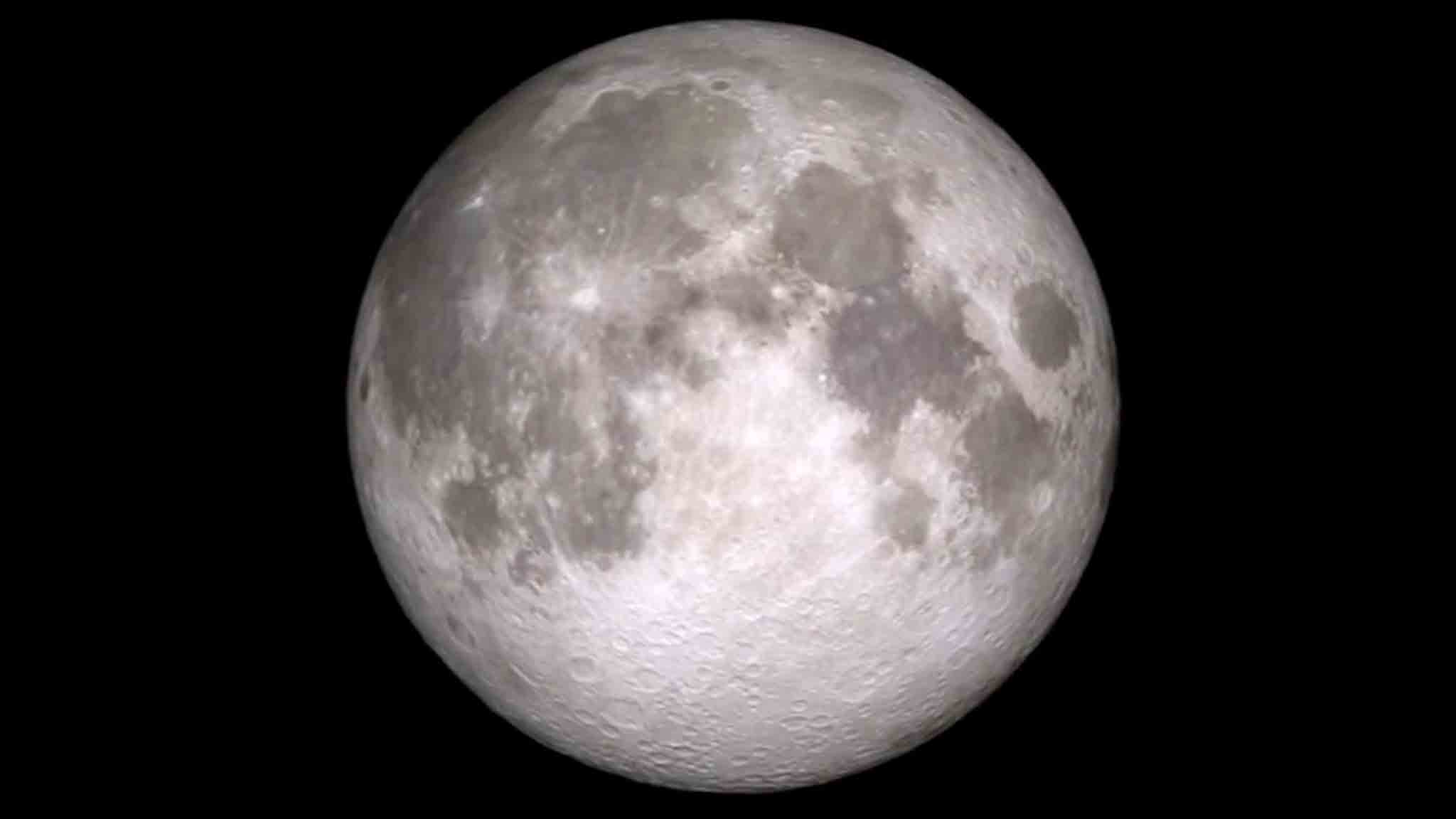
Tech & Sci
16:56, 03-Jan-2019
Helium-3: Fuel of the future on Earth's natural satellite
Updated
16:03, 06-Jan-2019
By Nayan Seth, Li Jingyi
01:58

No human has set foot on the lunar surface since America's Apollo missions ended in 1972. Almost five decades on, the Moon isn't just seen as the Earth's natural satellite.
Apart from technological missions, scientists over the years have researched the presence of precious minerals and untapped energy on the Moon which could be put to use on Earth.
But why did people keep working on exploring the Moon? Here might be the answer.
Apart from helping humans study the mystery of the solar system, the Moon has attracted global attention due to the presence of rich natural resources on its surface and the core.
Thus, it is sometimes referred to as the Persian Gulf of the solar system. Scientists believe the Moon is full of resources like rare earth elements, titanium, and uranium.
But the most important element is Helium-3.
The Helium-3 isotope is extremely rare on Earth but exists in abundance on the Moon.
It is emitted from the Sun and carried throughout the Solar System by solar winds, but is repelled by the Earth's magnetic field, with only a small amount penetrating the atmosphere.
But for the Moon where the magnetic field is weak and the atmosphere is extremely thin, Helium-3 is deposited in significant quantities.
The element is believed to be a critical component in developing controlled thermonuclear fusion power, a difficult but still possible process.
Looking at the potential of Helium-3, experts believe that 5,000 tons of coal could be replaced by just 40 grams of Helium-3.
And just eight tons of Helium-3 in fusion reactors would provide the equivalent energy of one billion tons of coal, dramatically reducing transportation costs and protecting the environment.
In an interview with the BBC in 2013, top Chinese scientist Ouyang Ziyuan estimated the Moon's Helium-3 resources could solve humans' energy demand for around 10,000 years at least.
But we still are decades away from actually mining on the Moon, returning with its riches and finally using it.

SITEMAP
Copyright © 2018 CGTN. Beijing ICP prepared NO.16065310-3
Copyright © 2018 CGTN. Beijing ICP prepared NO.16065310-3